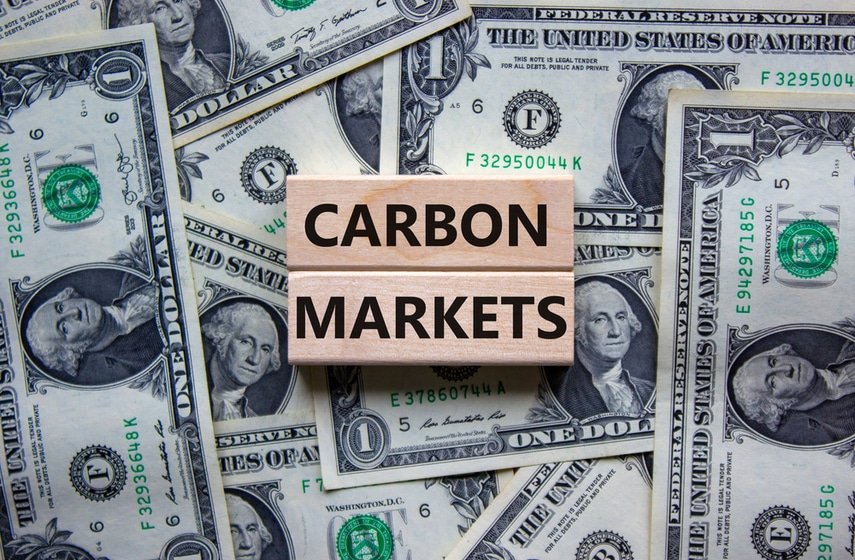Though nations have been hoping for a global standard for the carbon markets for quite some time, one was finally implemented at COP26 in Glasgow this month.
This new standard will now govern how countries trade credits across the globe, easing the critic’s concerns by creating structure and transparency.
The carbon marketplace is a platform where countries, companies, and individuals can purchase carbon credits.
One carbon credit is equivalent to one metric ton of carbon. That ton of carbon is then “offset” through an environmental project, such as reforestation. Experts believe the global carbon market will reach $100 billion by 2030 – up from $300 million in 2018.
Two recent studies show some primary areas to focus on in the fight against climate change: conserving and growing forests, mangrove stands, and peatlands. They also include maps of high-carbon regions that could serve as a resource.
So, as multilateral corporations and carbon markets look to support biodiversity through offset projects, they can focus on these three areas (and others) with the promise of a global standard.
One potential project includes the African Great Green Wall: a 5,000-mile band through the Sahel to restore 247 million acres.
It is only about 4% complete (and costs about $3 billion a year). Currently, funding to restore this land has not come from carbon trading but rather through national budgets and international donors.
Alisher Mirzabaev, lead author and senior researcher at the University of Bonn’s Center of Development Research, said, “This paper, we hope, will be helpful in terms of targeting where to channel those investments. We would like to guide those investments to the most efficient use.”

